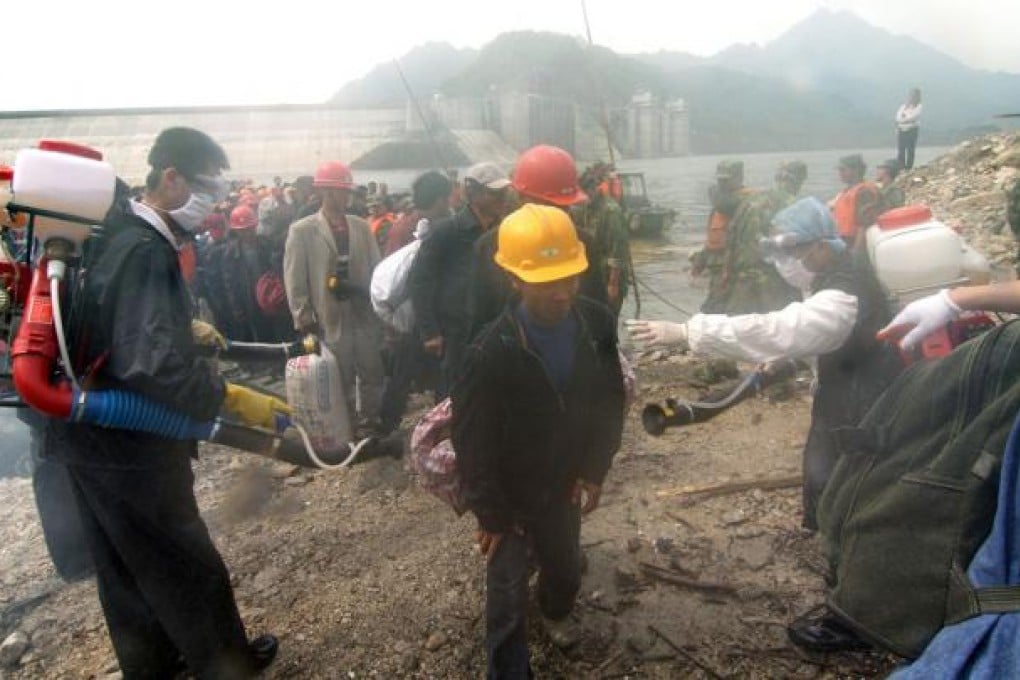China's dam frenzy a threat to water security
Brahma Chellaney says its aggressive building programme disregards neighbours' needs

As if to highlight that Asia's biggest challenge is managing the rise of an increasingly assertive China, Beijing has unveiled plans to build large new dams on major rivers flowing to other countries. The decision to ride roughshod over downstream countries' concerns shows that the main issue facing Asia is the need to persuade China's leaders to institutionalise co-operation with neighbours.
China is at the geographical hub of Asia, sharing land or sea frontiers with 20 countries; so, in the absence of Chinese participation, it will be impossible to establish a rules-based regional order. How, then, can China be brought on board?
This challenge is most striking on trans-boundary rivers in Asia, where China has established a hydro-supremacy unparalleled on any continent.
Most of China's dams serve multiple functions, generating electricity and meeting the water needs of manufacturing, mining, irrigation and municipalities.
The State Council, seeking to boost the country's already-large hydropower capacity, has identified 54 dams as "key construction projects" in the revised energy-sector plan up to 2015. Most of the new dams are planned for the biodiversity-rich southwest, where natural ecosystems and indigenous cultures are increasingly threatened.
After slowing its dam-building programme in response to the serious environmental consequences of completion in 2006 of the Three Gorges Dam, China is now rushing to build a new generation of giant dams.